The best cameras for beginner sports photography combine ease of use with a long lens and a quality AF system that will allow you to track fast-moving subjects. What’s more, you’ll want a camera that has a fast burst rate.
But when you’re a beginner and just finding your feet with sports photography, you might not want to make the investment in a top flight body and long telephoto lenses. You’ll probably want something more affordable, which offers enough of the features you need to get started and hone your craft.
In our opinion, the best cameras for beginner sports photography will be bridge cameras – those bodies that offer you the whole package in a self-contained unit. With a fixed long zoom lens, decent frame rate and AF systems, these cameras should be the perfect tool to help you get your feet wet in sports photography.
Below we’ve listed some of the best bridge cameras to get you started in sports photography. We’ve also suggested a few popular action cameras for capturing POV sports photography, as well as some older cameras that are built for capturing sport and have fallen in price over the years.
Photography for beginners: essential techniques and kit you need

The best cameras for beginner sports photography you can buy today
All of the cameras in our list of the best cameras for beginner sports photography were chosen based off our experience testing them. For more options, you might find our guides to the best cameras for beginners, best DSLRs for beginners and best beginner mirrorless cameras useful. What’s more, many of the options in our guide to the best cameras for beginner nature photography also have features that are well-suited for beginner sports photography.
For a deeper dive into the many different camera types and features available, check out our range of camera buying guides.
Panasonic FZ2000 / FZ2500
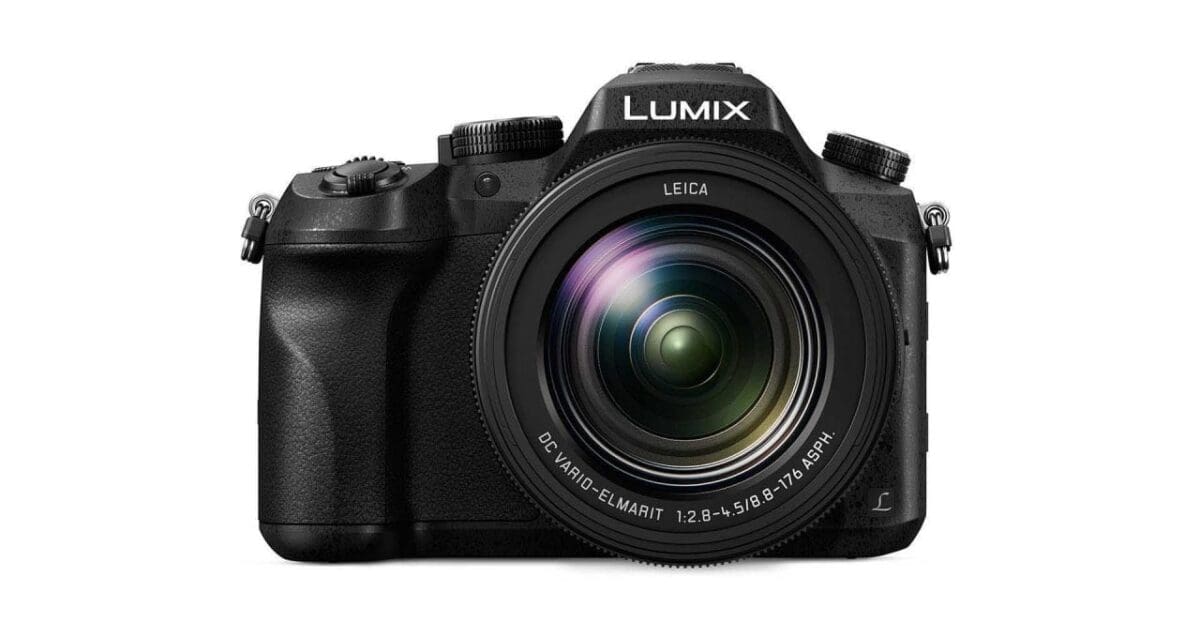
Specification
- Sensor: One-inch, 20.1-megapixel MOS Sensor
- Lens: Leica DC Vario-Elmarit 24-480mm (equivalent) f/2.8-4.5
- Autofocus: 49-area contrast detect
- Viewfinder: OLED Live View Finder, 2,360k-dots
- Screen: 3-inch Vari-angle TFT LCD touch-sensitive monitor, 1040k-dots
- Max video resolution: 4K
- Max frame rate: 30fps (using 4K Photo)
Panasonic’s FZ2000 is another fantastic all-round performer, with its well-performing one-inch sensor and variety of appealing features. Compared to the other models in this group, the focal length range is a little more limited, but with a maximum reach of 480mm, it should still suit pretty much any occasion.
The articulating touch-screen is great to use, as is the large viewfinder – the body of the FZ2000 is quite large to accommodate these features, which will be good news for some, and bad news for others.
Like all other current Panasonic models, it features 4K Photo – this allows you to extract 8MP stills in-camera from 4K video, in essence meaning you can shoot at 30fps. A good back-up or travel camera, the FZ2000 is also available for a much cheaper price than the Sony RX10 IV.
Get the Panasonic FZ2000 on Amazon UK, and get the Panasonic FZ2500 on Amazon US.
£800
$897.99For
- 4K video/photo
- Great viewfinder
Sony RX10 IV
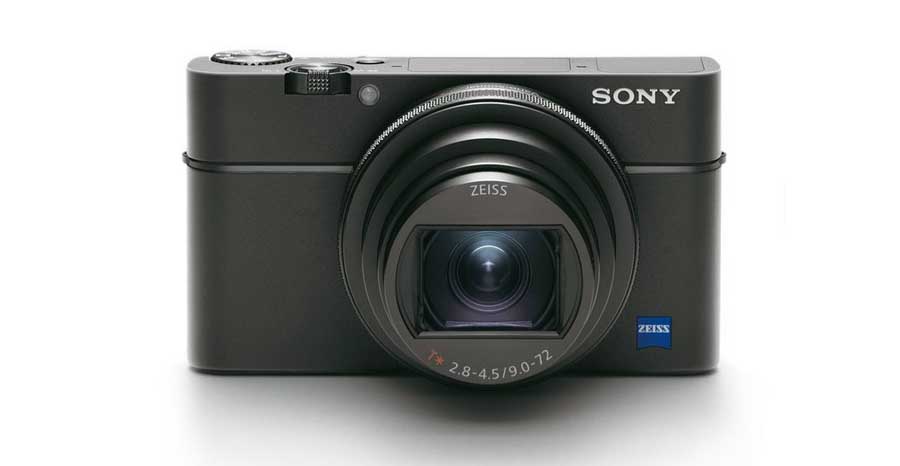
Specification
- Sensor: One-inch, 20.1-megapixel Exmor RS CMOS
- Lens: Zeiss Vario-Sonnar T* 24-600mm (equivalent) f/2.4-4
- Autofocus: 315-point focal-plane phase-detection autofocus
- Viewfinder: 0.39-inch electronic viewfinder, 2,359,296-dots
- Screen: 3-inch, tilting, touch-sensitive, 1,440,000-dot
- Max video resolution: 4K
- Max frame rate: 24fps
Unlike most bridge cameras, the Sony RX10 IV uses a larger one-inch sensor that offers 20.1-megapixel resolution. This is combined with a 25x optical zoom (24-600mm equivalent in 35mm terms) and Sony’s powerful BIONZ X processor and front-end LSI. Mix all these together and you’ve got something which has been designed for serious performance.
Other features include a 2.35-million dot EVF, a tilting, 1.44-million dot 3.0-inch screen which now offers touch-sensitivity, 4K video recording, inbuilt Wi-Fi, NFC and Bluetooth and both an electronic and mechanical shutter.
What’s great about the RX10 IV is that because it copes so well with a variety of different subjects, it’s perfect for beginner photographers who haven’t yet found their niche and are exploring how to shoot a different types of images.
The RX10 IV isn’t cheap, and it might be more money than you want to splash out for a beginner camera with a fixed lens, but with such an impressive number of feature, super image quality and performance and in a lightweight body, this is not only one of the best bridge cameras but one of the best cameras full stop.
£1499
$1698For
- Super-fast AF
- 4K video
Canon PowerShot G3 X
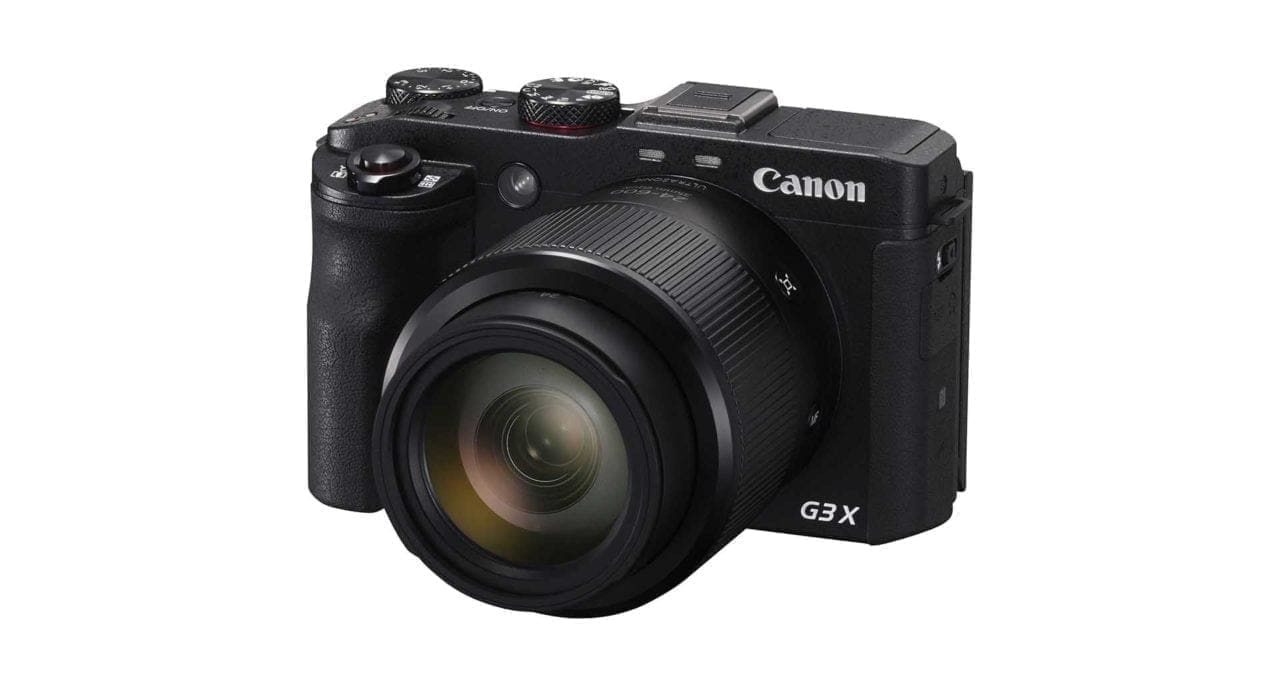
Specification
- Sensor: One-inch, 20.2-megapixel CMOS
- Lens: 25x (24-600mm equivalent) f/2.8-5.6
- Autofocus: 31-point contrast-detect
- Viewfinder: N/A
- Screen: 3.2-inch tilting touchscreen 1,620,000-dot
- Max video resolution: 1080p
- Max frame rate: 60fps
Canon’s G3X is another camera which is a little older, but it’s still yet to be replaced. Canon’s G series cameras all feature one-inch sensors, and the G3X is no different. It produces excellent images, with the same amount of vibrancy and warmth which we usually associate with Canon cameras.
With its long focal length lens, you get plenty of flexibility, but while it has a very useful tilting touchscreen, there’s no viewfinder – something which is likely to be a big disappointment to many enthusiasts.
It’s also arguably a little awkward in use, having a small body thrown off body by the large lens. If you’re a Canon DSLR (or CSC) user, you’ll be at home with the menu systems, and many of the buttons, so it could be a good choice as a backup camera for travelling if you can get over using the screen to compose.
Of the one-inch sensor bridge cameras in our best bridge cameras list, it’s currently the cheapest proposition too.
£599
$849For
- Tilting touch-sensitive screen
- Dustproof and splash proof
Canon EOS R10
Specification
- Camera type: Mirrorless
- Announced: 24th May 2022
- Sensor: 24.2Mp APS-C format (22.3 x 14.9mm) CMOS
- Processor: Digic X
- Lens mount: Canon RF
- Sensitivity range: ISO 100-32,000 expandable to ISO 51,200
- AF system: Dual Pixel CMOS II AF phase detection with up to 4503 positions and 651 automatically selectable points
- Subject detection and tracking: Humans (Eyes/Face/Head/Body), Animals (Dogs, Cats and Birds) or Vehicles (Racing cars or Motor bikes)
- Viewfinder: 0.39-type 2,360,000-dots OLED EVF
- Screen: Touch-sensitive vari-angle 2.95-inch LCD with 1.04 million dots
- Video resolution: 4K (3840 x 2160) at up to 60p with 64% crop, 4K (3840 x 2160) at up to 30p from 6K, Full HD: (1920 x 1080) at up to 120p
- Max continuous shooting rate: Mechanical shutter: 15fps for up to 460 Jpegs or 29 raw files, Electronic shutter: 23fps for 70 Jpegs or 21 raw files
- Shutter speed range: Mechanical: 30-1/4000 sec, Bulb, Electronic: 30-1/16000 sec
- Built-in flash: GN 6m @ ISO 100
- Battery: Li-ion LP-E17, Viewfinder: Approx. 260 shots, Screen: Approx 430 shots
- Dimensions (W x H x D): 122.5 x 87.8 x 83.4mm
- Weight: 429g including battery and memory card
If you have a little more room in your budget, why not buy one of the best cameras for beginner sports photography on the market? Launched earlier in 2022, the Canon EOS R10 is a mirrorless APS-C format camera that utilises Canon’s latest Digic X processing to shoot at a maximum continuous shooting rate of 23fps with the electronic shutter and 15fps with the mechanical shutter.
What’s more, the Canon EOS R10 employs Canon’s Dual Pixel CMOS II AF technology and is sensitive down to -4EV. Like the R7, the EOS R10 also has Canon’s intelligent subject detection system which can be set to look for and focus on people, animals or vehicles.
Read More: Canon EOS R10 vs 90D
£1350
€1649.99For
- Phase detection focusing and intelligent subject detection
- Same mount as Canon R3, R5 and R6
- Small and light
GoPro Hero11 Black

Specification
- Imaging Sensor: 1/1.9-inch 8:7 aspect ratio
- Max Resolutions and framerates: 5.3K60, 4K120, 1080p240
- Color depth: 10-bit
- Image Stabalisation: HyperSmooth 5.0 and 360º Horizon Lock
- Touch Screen display: Yes
- Photo reolsution: 27mp
- Auto tagging of footage: Yes
- Enduro battery: Included
- Dimensions: 71.8x33.6x50.8mm
- Weight: 154g
With the GoPro Hero11 Black you get a refinement of what remains the best action camera on the market. While the frame rates and resolutions stay the same as on the Hero10 Black, a new larger sensor means you can capture more detail than ever before, with better tones and colours.
Combine that with a refined HyperSmooth digital image stabilisation and a new Horizon Lock, and the GoPro Hero11 Black is the perfect tool to capture your extreme sports and POV photography.
£499
$499For
- Great quality video
- Excellent stabilisation and horizon correction
- 4K 120p video for slow motion creation
GoPro Hero10 Black
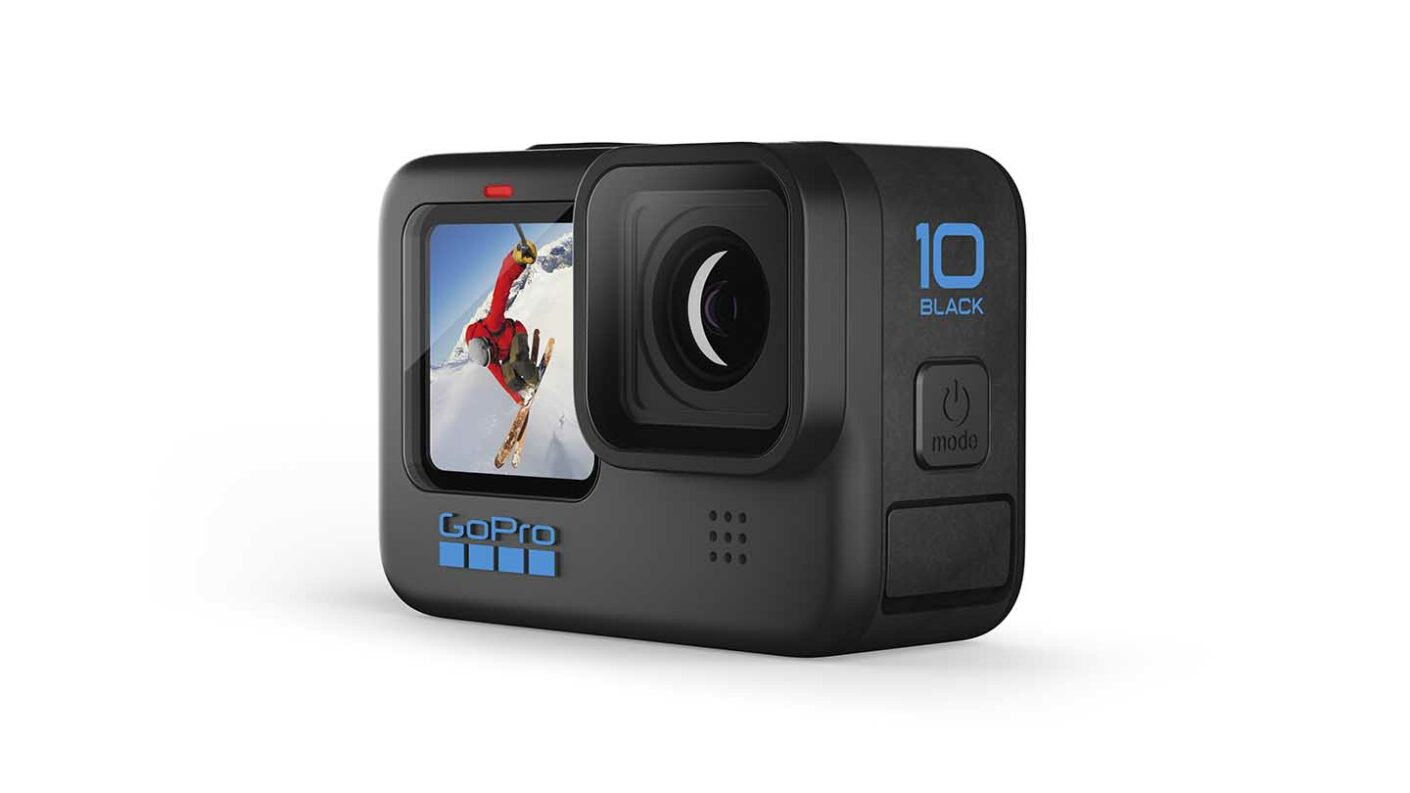
Specification
- Photo : 23MP
- 5.3K: 60fps
- 4K: 120fps
- Video stabalisation: HyperSmooth 4.0
- LCD: Front and Rear (Touch screen)
- Battery: Removable 1720mAh Lithium-Ion
- Slow-mo: 8X
- Waterproof: 33ft (10m)
- Processor: GP2
- Cloud compatibility: Auto upload to GoPro cloud (Sub required)
- Voice control: Yes
- Livestreaming: 1080p
The GoPro Hero10 Black is an exciting, if not overwhelming, update to the world’s most popular action camera. While internal electronics are never the most exciting of upgrades, the performance they bring often is. The GP2 delivers overall improved performance, and that has to be a good thing.
The GoPro Hero10 Black is a refinement of the Hero9 and gives a power boost to all of the features. It’s also launched into a market with only two real competitors, the DJI OSMO Action 2 and the Insta360 One R.
The GoPro Hero10 Black is a great camera for capturing POV sports and action, but also for everyday sports photography. As well as being a great camera for those wanting to experiment with sports photography, it’s still the best action camera you can buy today.
£499
$499DJI OSMO Action 3
Specification
- Dimensions (L×W×H): 70×44×31.8 mm
- Weight: 145g
- Waterproof: 16m
- Microphones : 3
- Sensor: 1/1.7-inch
- Lens: FOV 155º, F/2.8/ 12.7mm
- Video resolutions and frame rates: 4K (4:3): 4096×3072@24/25/30/48/50/60fps 4K (16:9): 3840×2160@100/120fps 4K (16:9): 3840×2160@24/25/30/48/50/60fps 2.7K (4:3): 2688×2016@24/25/30/48/50/60fps 2.7K (16:9): 2688×1512@100/120fps 2.7K (16:9): 2688×1512@24/25/30/48/50/60fps 1080p (16:9): 1920×1080@100/120/200/240fps 1080p (16:9): 1920×1080@24/25/30/48/50/60fps
- Stabalisation: RockSteady 3.0, HorizonBalancing and HorizonSteady
- Max Bitrate: 130Mbps
The DJI OSMO Action 3 is an action camera of the purest kind. It remodels the original DJI OSMO Action with a smoother exterior, enhanced features, better stabilisation and much-improved battery life. But more than this camera just being the successor to the two previous DJI Action cameras, this camera is a direct challenger to the GoPro Hero11 Black, and that’s where things get interesting.
Inside is a 1/1.7-inch sensor, and a 155º f/2.8 12.7mm lens sits on front. The sensor enables a decent range of resolutions and frame rates, including 4K at up to 120fps and 1080p at 240fps.
Also on board is its improved RockSteady 3.0 image stabilisation, now with HorizonBalancing and HorizonSteady. Both of these push what’s possible with electronic image stabilisation.
Nikon D500
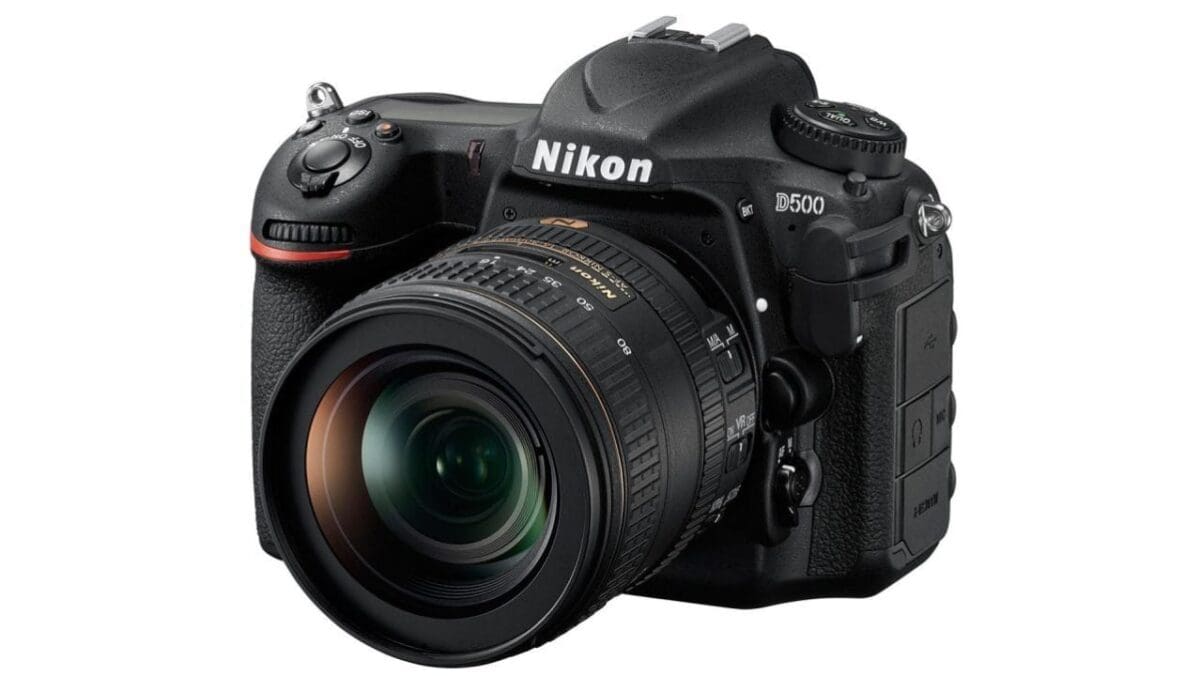
Specification
- Camera type: DSLR
- Announced: 5th January 2016
- Sensor: APS-C (23.5 x 15.7mm) 20.9Mp (5568 x 3712)
- Lens mount: Nikon F
- Processor: Expeed 5
- Sensitivity range: ISO 100-102,400 expandable to ISO 50-1,640,000
- Autofocus system: Viewfinder: 153-point with 99 cross-type Live View: contrast detection
- Max continuous shooting rate: 10fps
- Max video quality: 4K (3840 x 2160) at 30p, 35p, 24p
- Viewfinder: Optical using a pentaprism with 100% view
- Screen: 3.2-inch 2,359,000-dot TFT LCD touchscreen
- Storage: XQD and SD/SDHC/SDXC (UHS-II)
- Battery: EN-EL15b rechargeable Li-ion battery (supplied)
- Dimensions (W x H x D): 147x115x81mm /5.8x4.6x3.2 in
- Weight: 860g with battery and XQD card
Nikon introduced the D500, at the same time as the full-frame D5, as its flagship APS-C (DX) format DSLR. It also has the same sensor architecture and 153-point Multi-Cam 20K autofocus module as the D5, which means it’s extremely capable. The AF system particularly impresses, getting fast-moving subjects sharp (and tracking them) in very low light.
Also, thanks to the Expeed 5 processing engine, the D500 has a maximum continuous shooting rate of 10fps (frames per second), which gives it extra appeal to wildlife and sports photographers.
Another bonus for photographers who like shooting outdoors is that the D500 is weather-sealed to a high standard. There’s also an optional grip available to make it more comfortable to use with long lenses when shooting in portrait orientation.
While the D500 is capable of shooting 4K video, the screen is fixed and the Live View AF system relies on contrast detection, which means it’s not really the ideal choice of camera for shooting video.
However, the D500 produces high-quality stills with a good level of detail maintained all the up to around ISO 6400 and even images shot at ISO 12,800 look very good. This, combined with D500’s rugged build, excellent viewfinder-based AF system and fast-shooting capability, make it a popular choice for wildlife photographers.
Find the latest deals on the Nikon D500 at Amazon UK and Amazon US.
£1730
$1996.95For
- Same sensor design as the Nikon D5
- Same AF system as Nikon D5
- Dual card slots
Olympus OM-D E-M1 Mark II
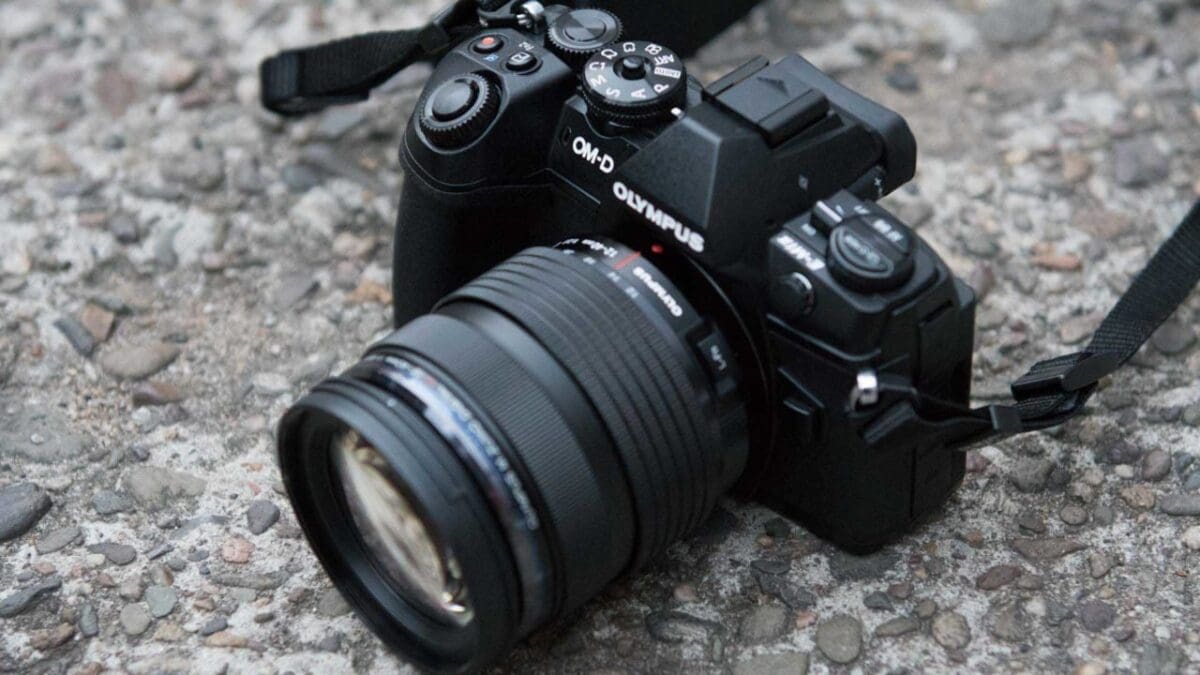
Specification
- Camera type: Mirrorless camera
- Sensor: Four Thirds-type 20.4Mp Live MOS
- Processing engine: TruePic VIII
- Lens mount: Micro Four Thirds
- Autofocus system: Hybrid with 121 all cross-type focusing points
- Max continuous shooting rate: 18fps with AF tracking, 60fps with AF locked on first frame with electronic shutter
- Max video resolution: 4K (4096 x 2160) at 24p
- Viewfinder: 2,360,000-dot electronic viewfinder
- Sensitivity range: ISO 64-25,600
- Screen: Vari‑angle 3-inch 1,037,000-dot touchscreen
- Storage: 2x SD/SDHC/SDXC (UHS-II)
- Dimensions (W x H x D): 134.1 x 90.9 x 68.9mm
- Weight: 498g (body only), 574g (including battery and memory card)
The E-M1 II is a complex and versatile camera. It takes a while to get to discover all its features and understand some of its quirks, but it’s a rewarding experience.
Its stabilisation system is incredible and allows you to rethink how you shoot, leaving the tripod behind and avoiding high ISO settings. Olympus has also packed in the clever technology that we have come to expect with Live Bulb, Live Time and Live Composite mode making long exposure photography easy and in-camera focusing stacking enabling greater depth of field than is normally possible. In addition, High Res Shot mode turns this 20Mp camera into a 50Mp device – and you can use it for normal landscape photography with no concern about a breeze blowing through the trees.
High Res Shot mode has impressed us in the past with its ability to produce larger files with greater detail by combining a sequence of images in-camera. According to Olympus the latest version of the system in the OM-D E-M1 II produces images with resolution equivalent to 50Mp shots. It can also compensate for the slight movement in landscape scenes – leaves and grass etc.
Olympus’s Image Stabiliser (IS) is widely respected, but the latest version in the E-M1 II raised a few eyebrows at the launch event because it’s capable of extending the safe hand-holdable shutter speed by up to 6.5 stops with stabilised lenses like the new Olympus 12-100mm f/4.0 IS Pro. That’s an incredible figure, higher than any other camera. It could produce some interesting creative opportunities that are only normally possible with a tripod.
Further good news is that the Olympus OM-D E-M 1 Mark II is capable of recording 4K footage at up to 30p. Combining this with the claimed IS performance could mean the OM-D E-M1 Mark II prove popular with run-and-gun shooters.
Add in a high-quality viewfinder and a vari-angle touch-screen that helps you shoot from more creative angles and you have a very attractive camera.
£1499
$1299For
- Fast and accurate focusing with moving subjects
- Superb stabilisation system
- Innovative features

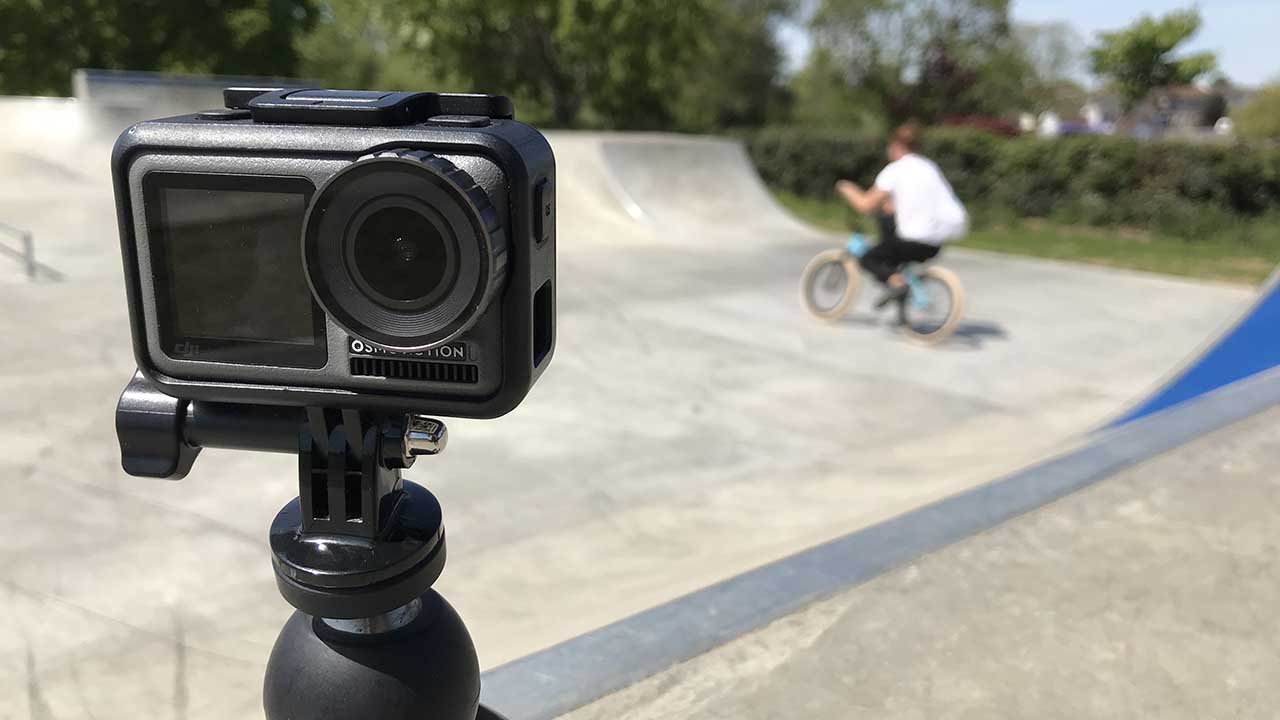



Leave a Reply